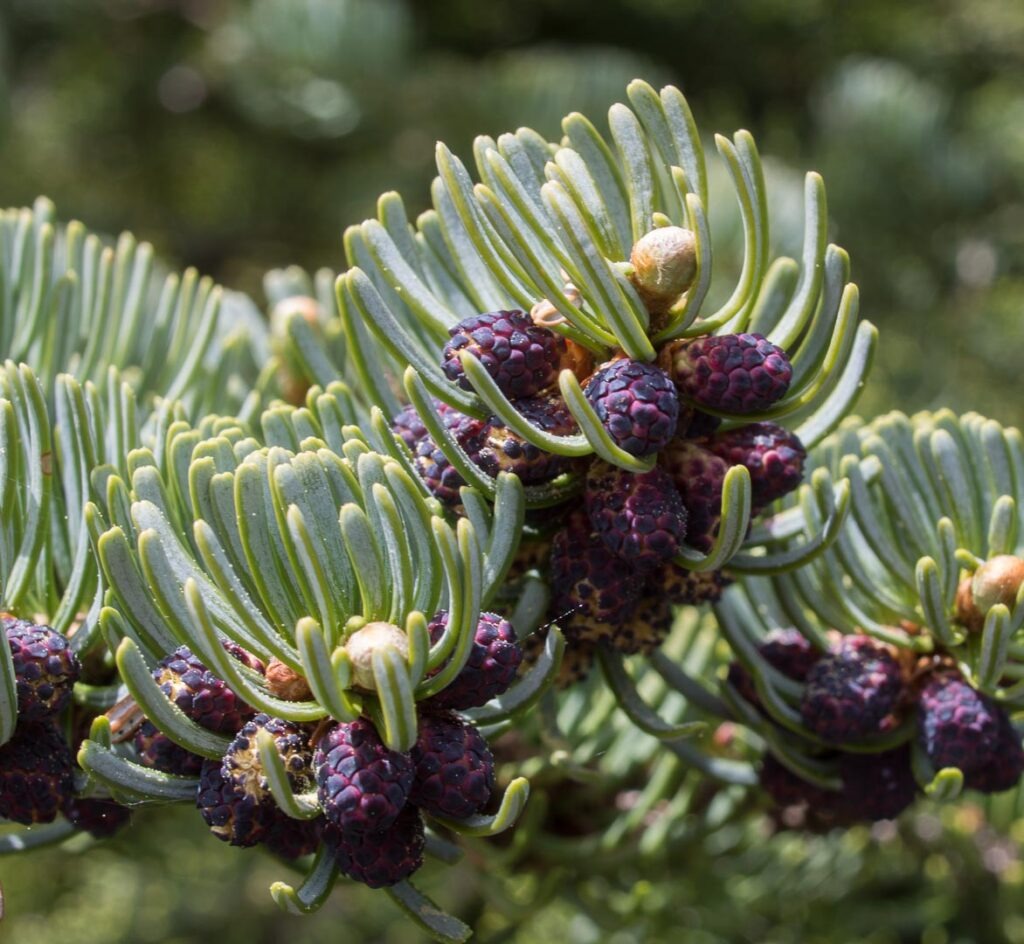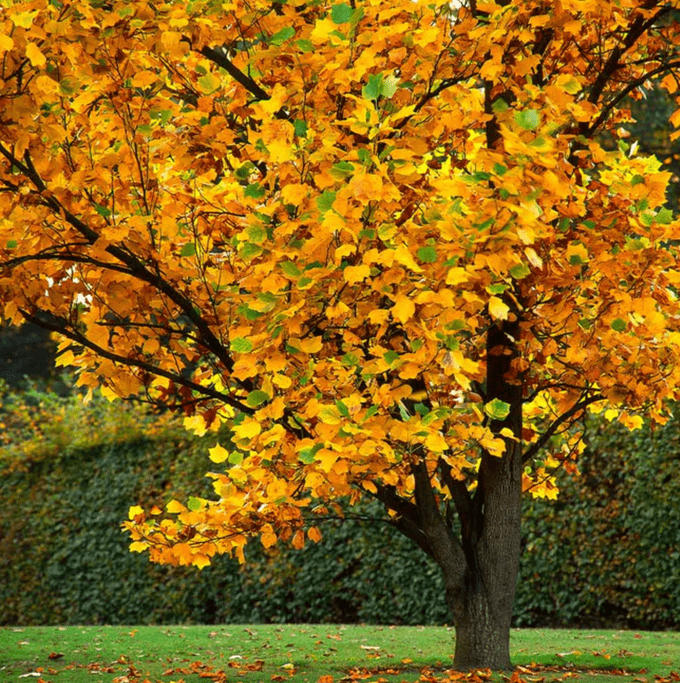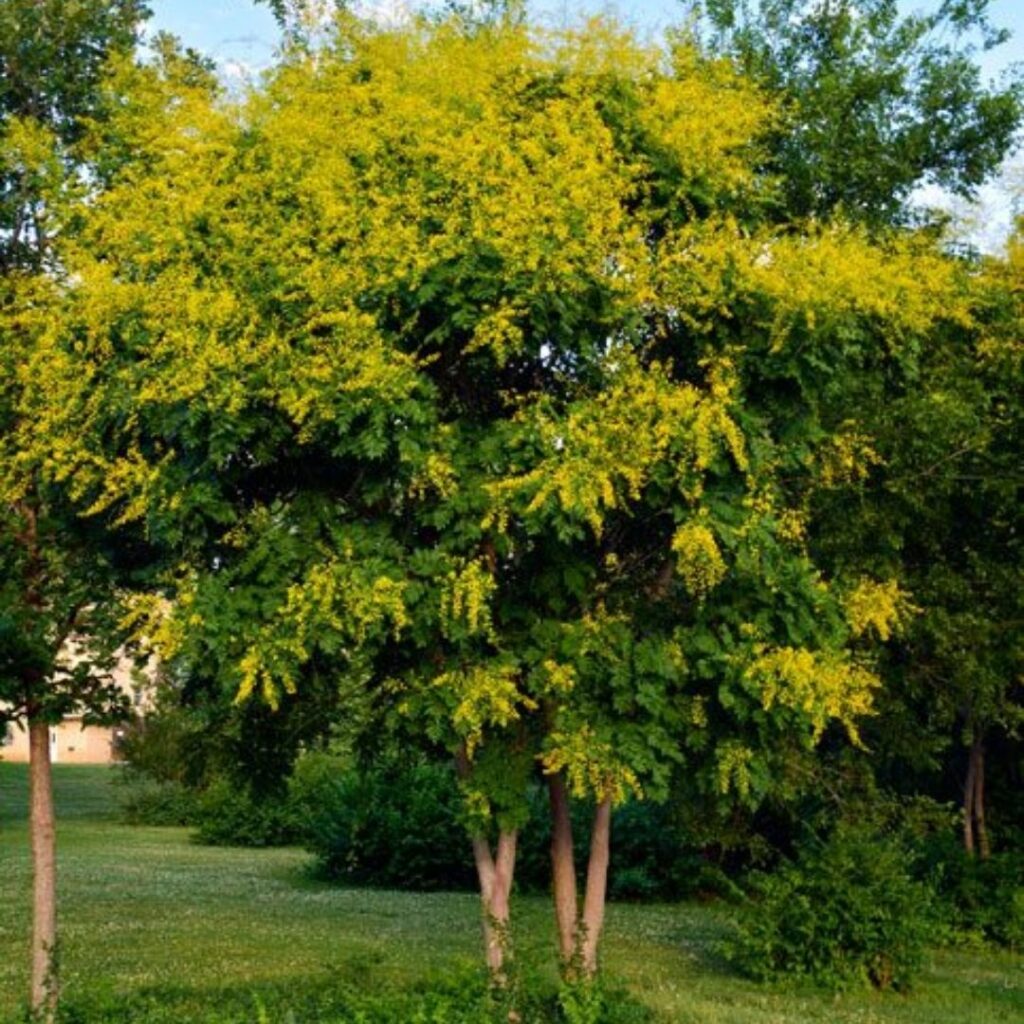Acer, circinatum
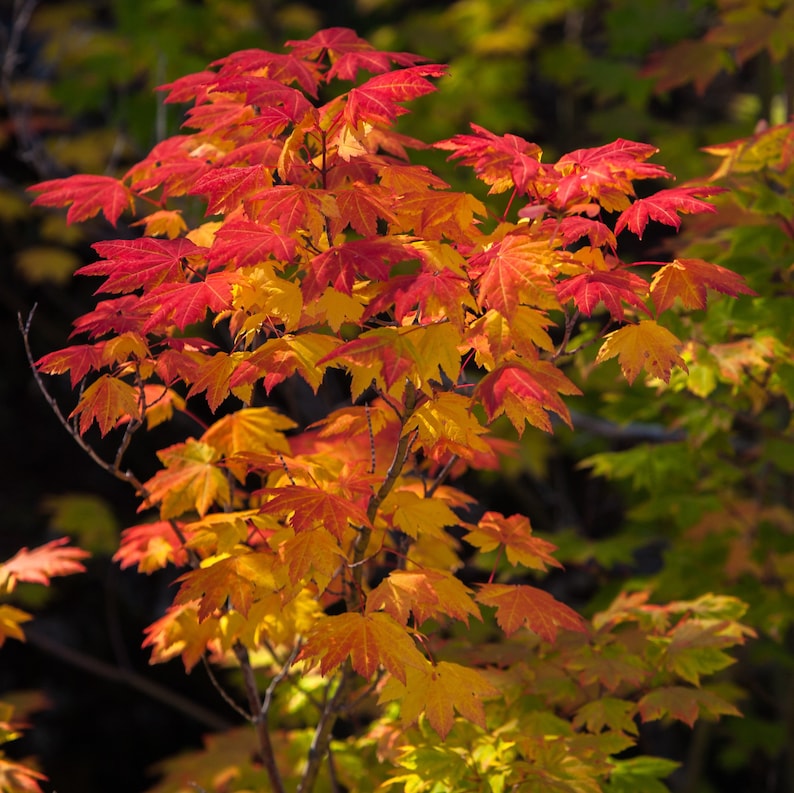
Acer circinatum is pronounced AY-sur sur-sih-NAY-tum. Native to the Pacific Northwest you will most commonly find these maples nestled into the forest among the pines and ferns. That doesn’t mean they aren’t a great addition to your yard here in the high desert however. These trees are zone hardy and quite drought tolerant once established. They do appreciate reprieve from the hot afternoon sun. Replicating the conditions of the understory they naturally thrive in is the best recipe for success with these maples.
The Vine Maple is a beautiful multi-branched tree that shows off in a landscape like no other. A scenic drive along highway 20 connecting to the 126 just west of Sisters provides many fall photography opportunities in the fall each year. These trees are guaranteed to distract you with their striking fall colors so make sure to pull over to take in the beauty! Perhaps even collect a few leaves from the forest floor to use in fun fall crafts or press to frame and preserve.
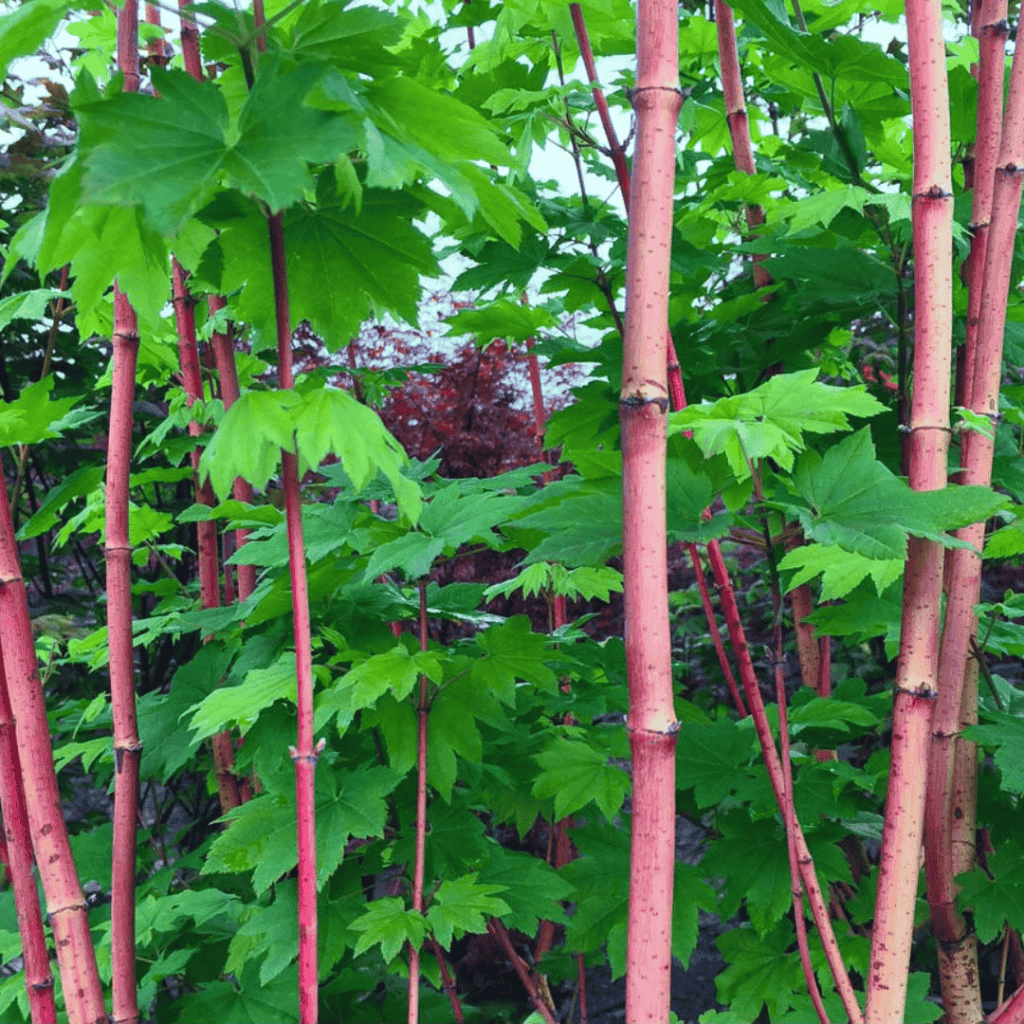
Featured in the photo here is the Pacific Fire Vine Maple. This variety is obviously named for its striking pink bark. The bark is a nice feature in the summer against its green leaves as well as a warm welcome home on a snowy winter day when all the leaves have fallen and the bark is brilliantly standing out against a white background. These vine maples can also handle more sun than their cousins making them a great show stopper candidate in the center of a landscape.
Both of these vine maples have a very unique architecture to their branching structure. They will grow to a mature height of around 20 feet with a spreading nature allowing you to plant them fairly close to your home or office for a nice window screen. Any encroaching branches can be easily pruned in the spring.
If you are reading this plant feature in the fall because you have just starting noticing these trees and would like to add one to your garden then please stop in soon! The fall is a great time to plant but the more time a plant has to get settled into their planting site before the ground begins to freeze, the better chance they will have at over-wintering their first year. That doesn’t mean that waiting until the spring to plant is a necessary precaution though. No matter when you plant, the key to success is remembering to get out and water your newly planted friends in the cold, dry months before the snow is routinely covering the landscape. Typically when I give this advice to customers here at the nursery they excitedly report that they have irrigation. Which is great in the spring and summer. In the fall however, due to freezing ground temps many of us have turned our irrigation off well before we get snowpack. Additionally, in the winter there may be times when we don’t get good snow for a couple of weeks or more. When this happens it is important to get out there and water at least once during those dry spells. It’s important for the plant to get the water it needs (yes, even in the winter) since the roots are still close to the surface and unable to draw from reserves with an established tap root.
Water also acts as insulation for the small, tender roots in cold weather. This may seem odd when you think about being wet in cold weather as a human. It would be miserable! For roots on the other hand I like to use the analogy that water acts much like lotion on your hands in cold weather. Without lotion your skin may become dry and crack. This is the same for roots. Especially newly planted roots! For those of you with pots on the deck with plants that you hope to keep alive, this is important for you as well. Those roots are even more exposed being above ground and in need of insulation during cold months. Please feel free to call or stop in with any questions you may have about seasonal watering

